Emergency aid and rescue teams faced significant challenges on Sunday as they attempted to reach the areas of northern Afghanistan most severely affected by flash floods that claimed hundreds of lives. Heavy rains triggered flash flooding in several provinces on Friday, with Baghlan in the north experiencing the worst impact. Roads and bridges were destroyed, hindering efforts to deliver aid to affected areas.
In Sheikh Jalal, close to the heavily devastated Burka region, AFP journalists observed aid trucks, military vehicles, rescue workers, and local residents stranded due to washed-out roads. The military utilized heavy machinery to clear paths and assist aid trucks stuck in the mud. Mohammad Ali Aryanfar, part of a relief team from the Turkish Hak Humanitarian Relief Association, expressed frustration at being blocked in Sheikh Jalal, emphasizing the urgent need to reach affected communities in Burka.
The United Nations World Food Programme resorted to alternative means, such as strapping bags of flour to donkeys' backs, to deliver food to survivors in Baghlan, where most affected areas were inaccessible by trucks. The Taliban government's refugees ministry reported a death toll of 315 people, with over 1,600 injured and thousands of homes damaged or destroyed. Additionally, farmland has been inundated, posing a severe threat to the nation where a significant portion of the population relies on agriculture for survival.
NGO Save the Children highlighted that around 600,000 people reside in the five most severely affected districts in Baghlan. The organization also noted that nearly 13,000 people in Afghanistan have been impacted by disasters caused by extreme weather this year, including floods and landslides. The impoverished nation, already ravaged by decades of war, faces significant challenges in coping with the consequences of climate change, making it particularly vulnerable to natural disasters.



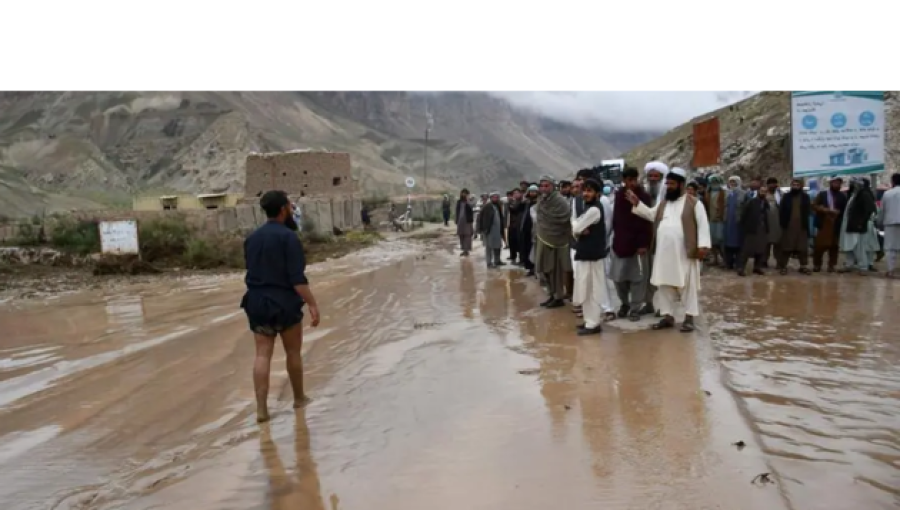
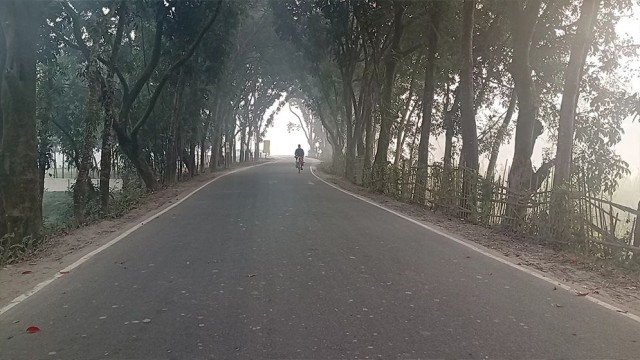
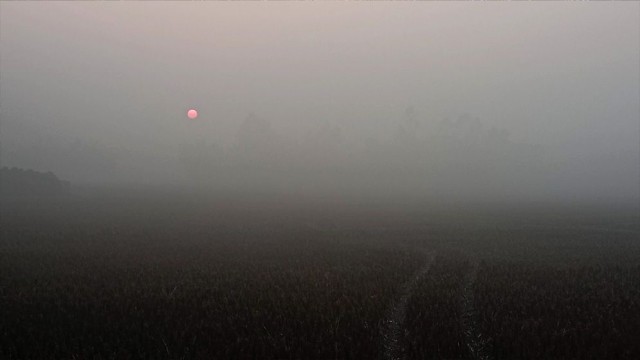
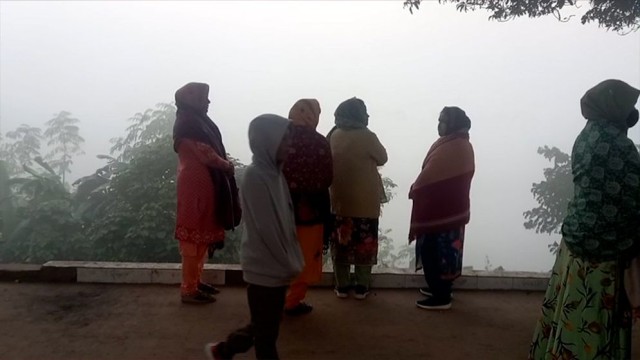
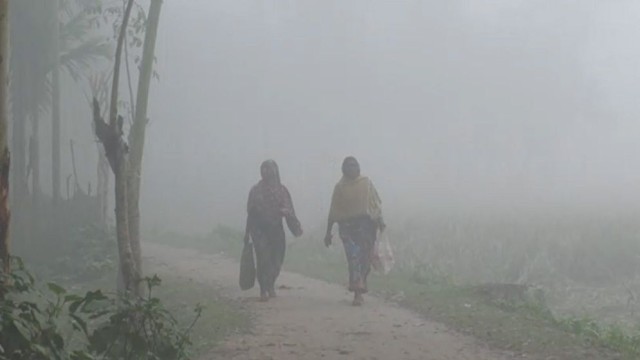
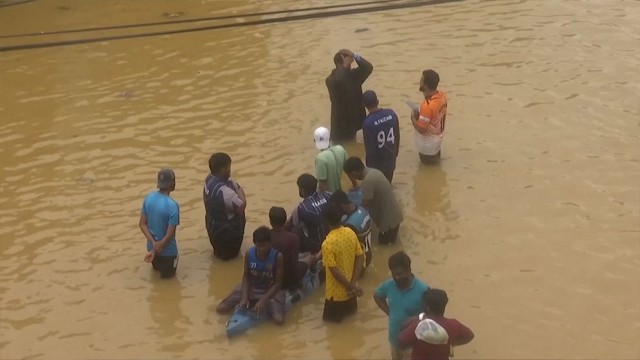

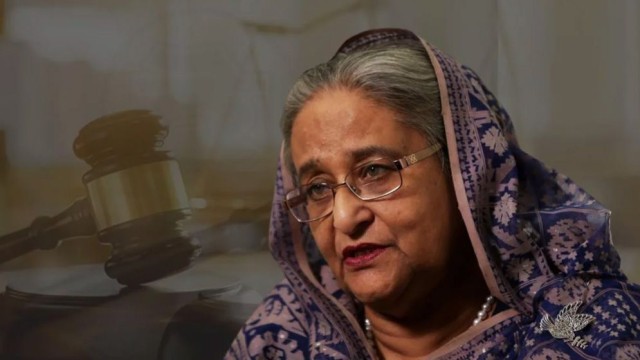
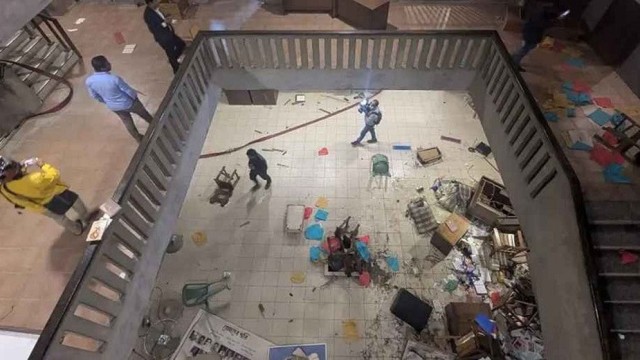

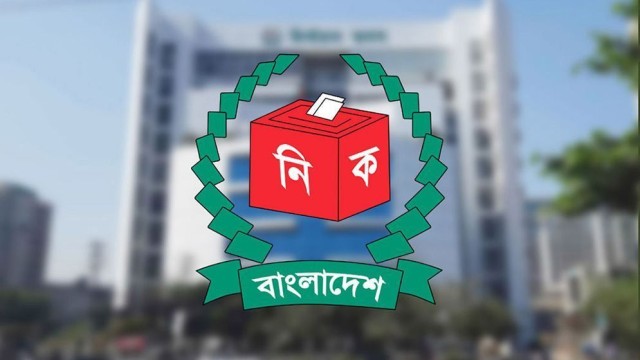

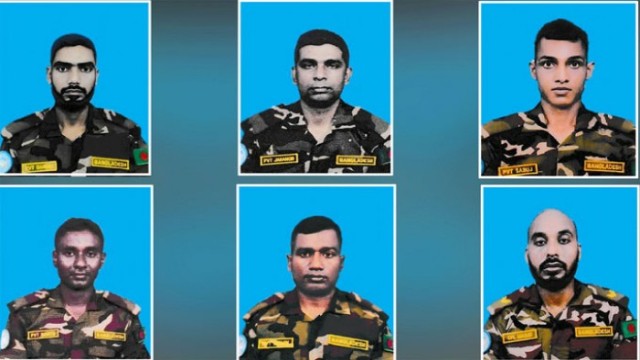
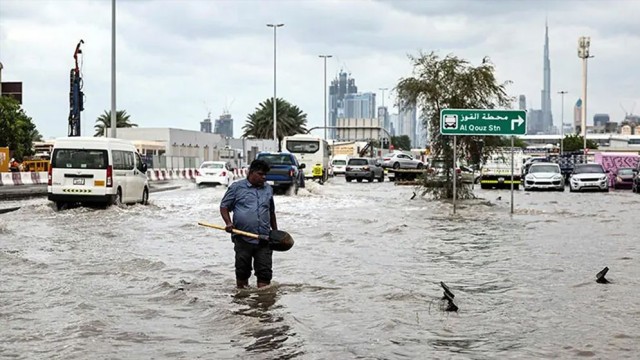
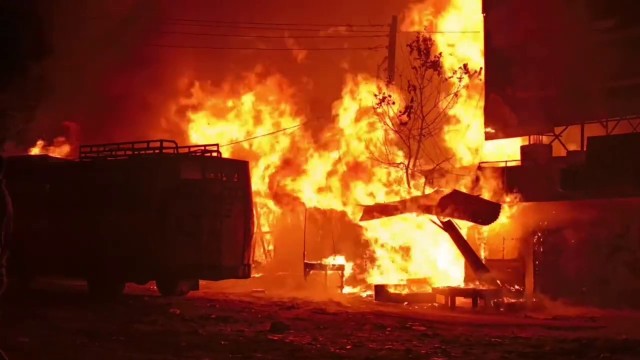
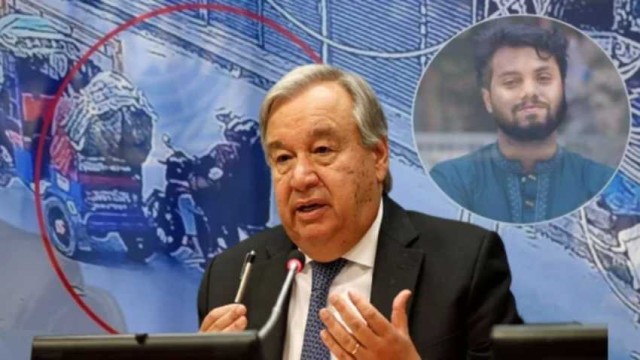




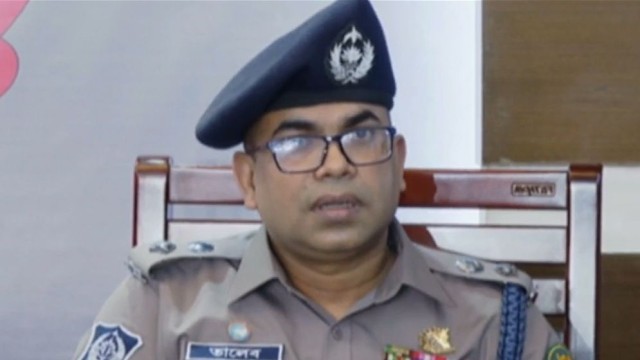
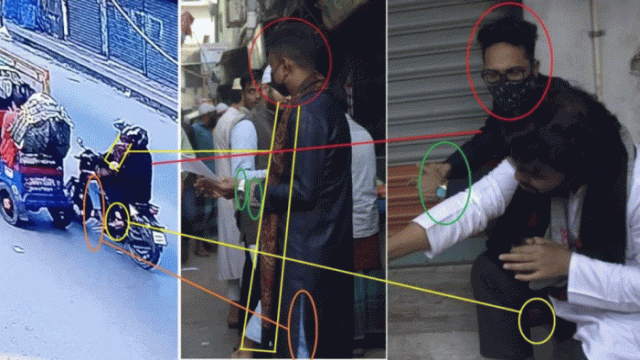
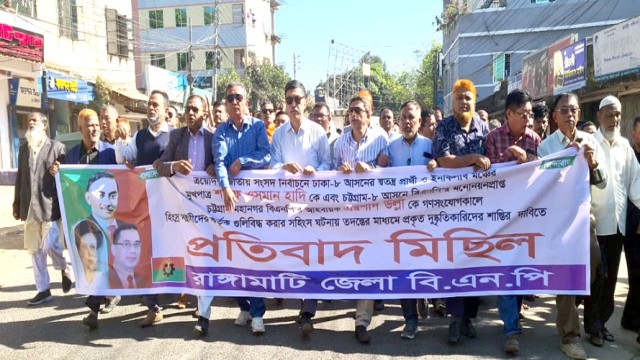




Comment: